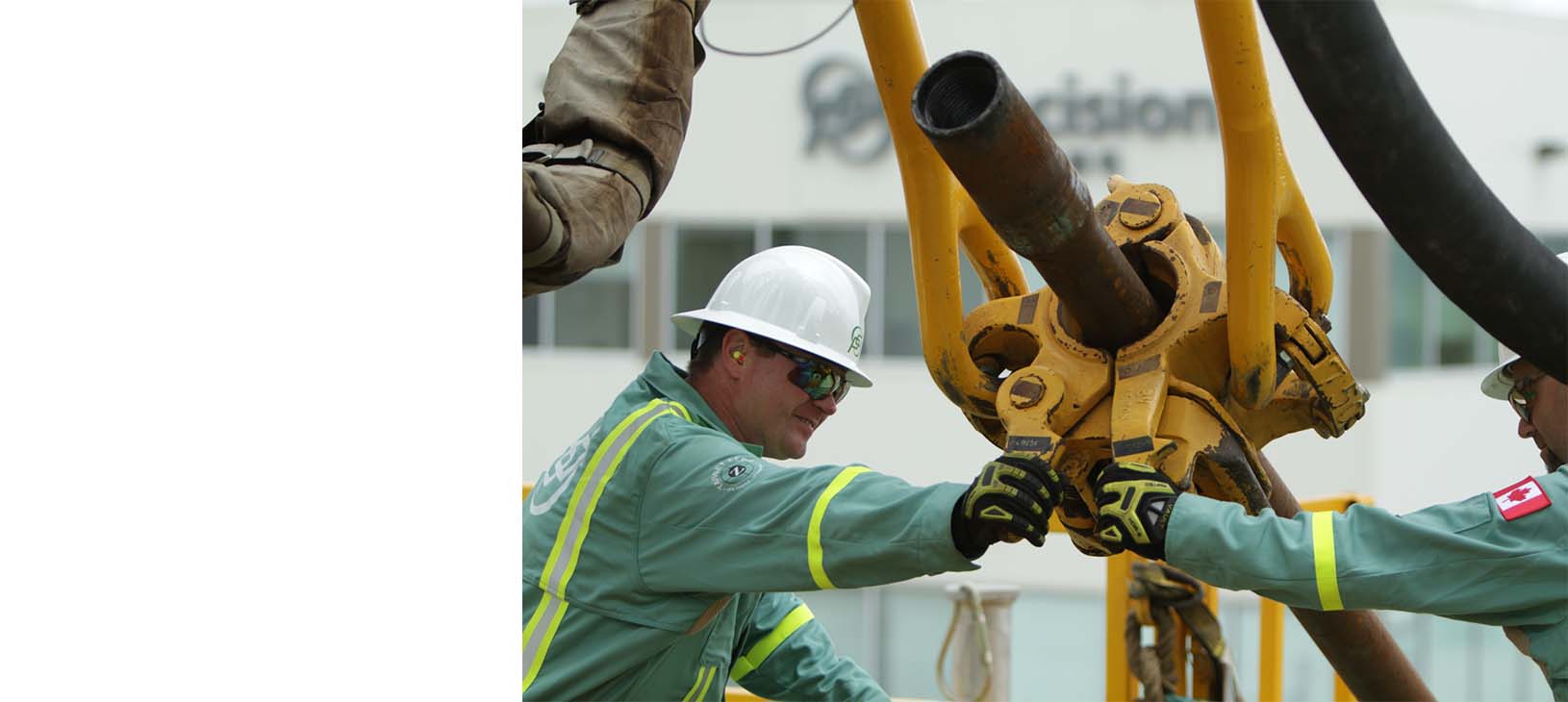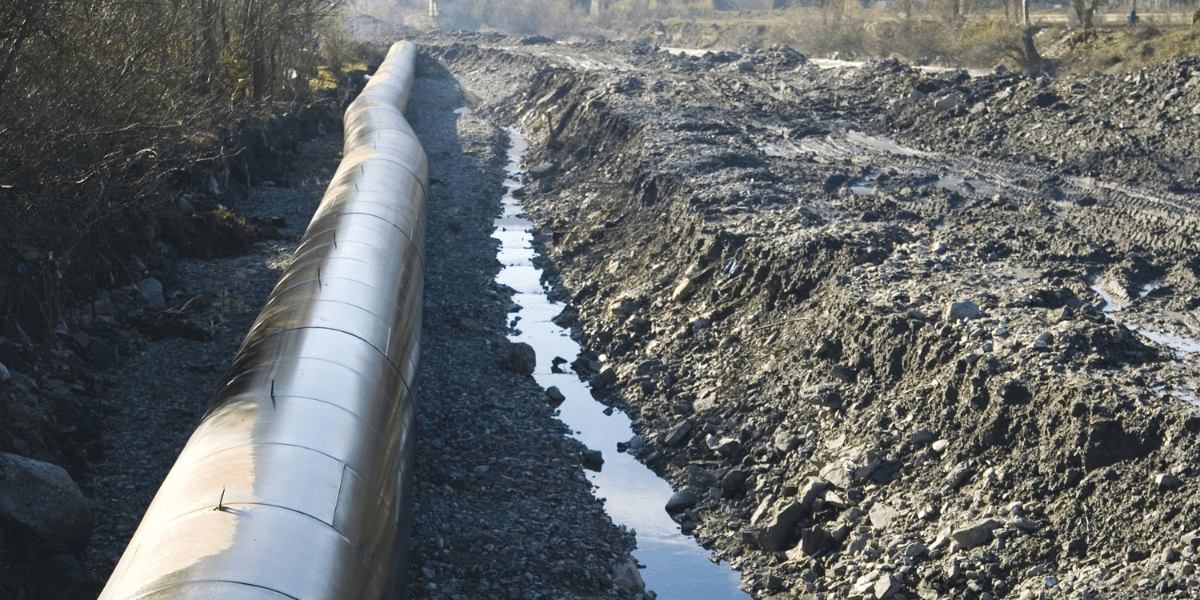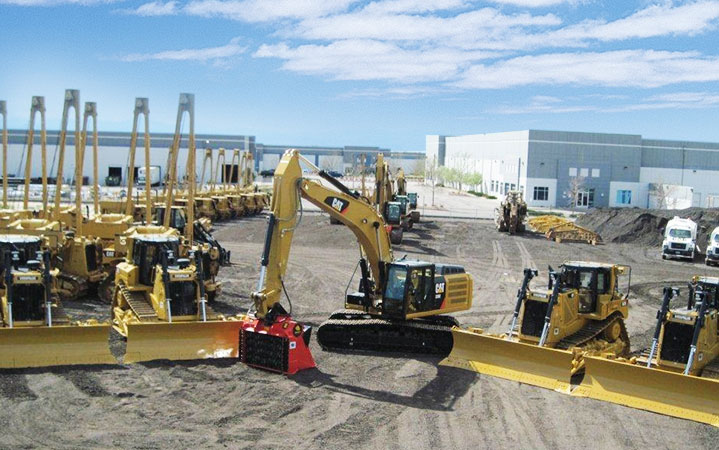Superior Oilfield Rentals oilfield: technology innovations shaping production work
All About Oil Field Equipment and Pipeline Equipment: Trick Insights and Crucial Details
Oil field equipment and pipeline systems play a critical role in the oil and gas industry. They are essential for the reliable removal and transportation of hydrocarbons. Key parts, such as piercing rigs and storage containers, directly effect functional success. Improvements in innovation promise to enhance safety and effectiveness. Understanding these elements is crucial for any individual associated with or curious about this intricate industry, as it sets the stage for deeper expedition of market techniques.

Introduction of Oil Field Equipment
As the demand for oil remains to expand, understanding the equipment utilized in oil fields ends up being increasingly necessary. Oil field equipment encompasses a variety of machinery and tools vital for expedition, extraction, and handling. Key elements consist of drilling rigs, which are crucial for getting to oil reservoirs, and production devices, such as separators and pumps, that assist in the extraction process. Superior Rentals near me. Additionally, storage tanks play a significant duty in holding unrefined oil before transport. Safety devices, consisting of blowout preventers and stress gauges, ensures operational safety and performance. Each item of devices functions cohesively to optimize manufacturing and preserve efficient workflow. Experience with this tools is necessary for experts in the market to ensure effective operations and adherence to security requirements
Sorts Of Drilling Rigs and Their Applications
Drilling rigs act as the backbone of oil removal operations, with numerous types designed for particular geological conditions and functional requirements. One of the most common kinds consist of rotary exploration rigs, which utilize a revolving drill bit to permeate the planet, and wire tool rigs, known for their percussion boring approach. For overseas procedures, jack-up rigs and semi-submersible rigs supply security and assistance in marine environments. Additionally, directional drilling rigs enable drivers to pierce at angles, getting to down payments that are not vertically obtainable. Each rig type has distinct benefits, maximizing effectiveness and safety and security based on the exploration environment. Picking the proper gear is vital for maximizing resource extraction while minimizing environmental effect and operational prices.

Important Pipeline Equipment and Their Features
Pipeline infrastructure is important for the transportation of oil and gas from removal websites to processing centers and end-users. Numerous crucial equipment parts facilitate this process. Pipes themselves work as the primary avenues, designed to hold up against high pressure and destructive materials. Pump stations are vital for preserving flow by increasing pressure along the pipeline. Shutoffs play a crucial duty in managing flow and isolating sections for maintenance. Additionally, fittings and connectors guarantee safe joints between pipeline areas. Checking systems, consisting of flow meters and stress sensors, are essential for spotting leakages and maximizing circulation rates. Pigging tools is utilized for upkeep and cleaning, safeguarding pipeline stability and efficiency. With each other, these elements create the backbone of a trustworthy pipeline system.
Advancements and Technologies in Oil and Gas Equipment

Safety And Security and Maintenance Practices in the Oil Industry
While the oil industry has actually made considerable strides in innovation and performance, the significance of robust safety and security and maintenance practices can not be overemphasized. Efficient security procedures are vital to protect workers and the setting, lessening the threat of accidents and spills. Routine inspections and upkeep of equipment aid recognize prospective concerns before they escalate, making sure operational stability. Educating programs for employees are vital, highlighting the value of safety understanding and emergency situation action procedures. Furthermore, adherence to sector regulations and criteria promotes a culture of safety and security. Executing advanced monitoring innovations can even more enhance maintenance techniques, permitting real-time analyses of equipment conditions. Eventually, focusing on safety and security and upkeep is essential to the sustainability and success of the oil industry.
Frequently Asked Concerns
What Are the Ecological Impacts of Oil Field Equipment?
The ecological influences of oil field equipment include habitat damage, water contamination, and air pollution (Superior Oilfield Rentals oilfield). Additionally, devices breakdown can result in spills, detrimentally impacting wildlife and ecosystems, highlighting the requirement for rigorous guidelines and tracking
Just How Is Oil Field Equipment Moved to Remote Locations?
Transferring oil field equipment to remote places frequently involves customized vehicles, helicopters, or barges. Logistics companies coordinate courses, ensuring equipment gets here safely and effectively, thinking about surface and ease of access to lessen delays and optimize performance.
What Regulatory Requirements Govern Oil Field Equipment?
Governing standards regulating oil field equipment mostly include safety, ecological security, and operational efficiency guidelines. Agencies such as OSHA and EPA apply these regulations to guarantee risk-free practices and decrease ecological influence in oil removal procedures.
What Skills Are Required to Operate Oil Area Machinery?

Exactly How Do Oil Rates Impact Equipment Demand and Use?
Oil prices considerably affect equipment need and use. Higher costs commonly lead to increased exploration and manufacturing tasks, driving need for equipment. Conversely, lower prices may result in decreased operations and reduced requirement for devices.